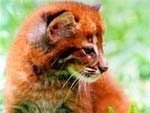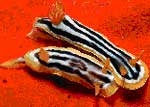Pygmy Marmoset (Marmosets pygmy), commonly known as “finger monkeys,” is the smallest monkey species in the world. This species is also referred to as the dwarf marmoset, belonging to the smallest primate family. In their natural habitat, Marmosets pygmy are incredibly agile, making it challenging to spot these monkeys.
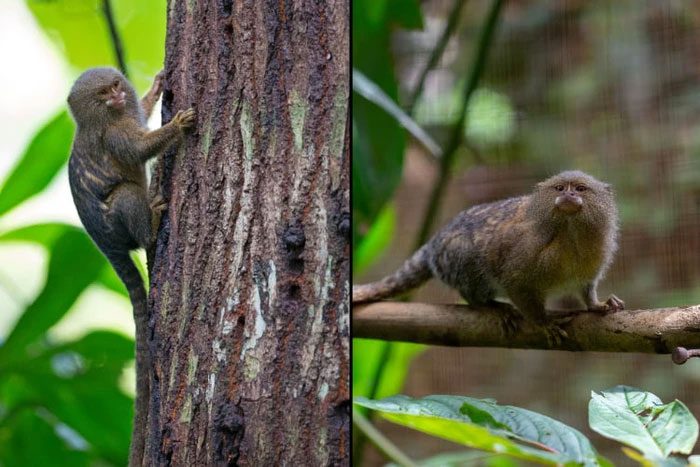
Pygmy Marmosets are endemic to South America, primarily found in the western part of the Amazon River basin. Their preferred habitat includes lowland, tropical evergreen forests with floodplain areas. These tiny primates particularly favor swamp forests that are flooded for over three months each year. Their diet consists of tree sap, which they obtain by gnawing on bark, as well as fruits, insects, spiders, small birds, and eggs.
This small primate is known for its ability to reproduce rapid, gravity-defying movements, clinging directly to branches and skillfully navigating through the canopy.
Primatologists have spent years observing and studying them, reporting that they weigh an average of only 119 grams with a body length (excluding the tail) ranging from 11 to 15 cm. What makes Marmosets pygmy even more remarkable is that adult individuals have tails longer than their body size.

True to their name, dwarf marmosets are the smallest monkeys in the world. They are highly social primates, often gathering in groups of 2 to 15 individuals. Members of these groups are typically related, consisting of a pair of parents and their offspring.
With an average weight of around 119 grams, dwarf marmosets are the smallest among New World monkey species. Originating from the Amazon River basin and tropical forests in South America, they are primarily found in Brazil, Colombia, Peru, northern Bolivia, and Ecuador. However, they can also be seen in zoos worldwide.
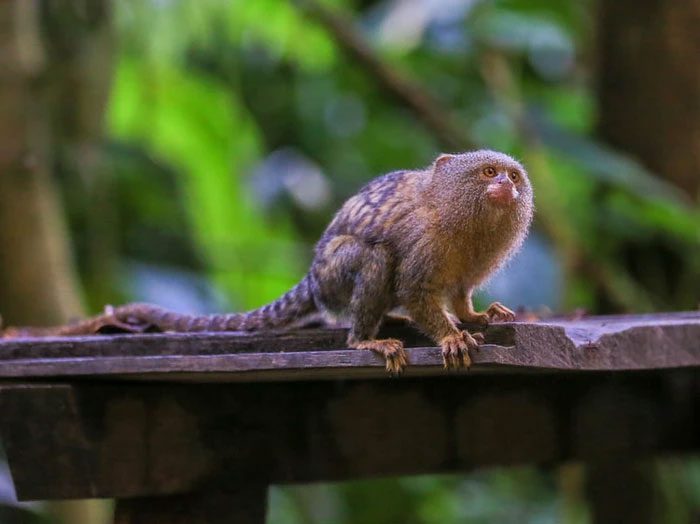
Dwarf marmosets are very agile creatures. They can make leaps of nearly 5 meters in the air and can rotate their heads up to 180 degrees.
There are 11 different types of Marmosets pygmy recorded, but all range from 11 to 15 cm in length, excluding the tail. They have claws instead of nails, whiskers on their wrists, and lack wisdom teeth, indicating they are more primitive than some other monkey species. They possess special incisors that can easily gnaw through tree bark to access sap, a favored food source.
Dwarf marmosets gnaw holes in tree bark (sometimes up to 10 holes a day) and return to these holes multiple times throughout the day to consume sap.
As omnivores, their diet includes sap, vines, insects, spiders, nectar, fruits, and other items.
Due to their exceptionally small size, they are easy targets for predators such as birds of prey, wild cats, and snakes. Their necks are very flexible, allowing them to turn their heads backward to detect threats.
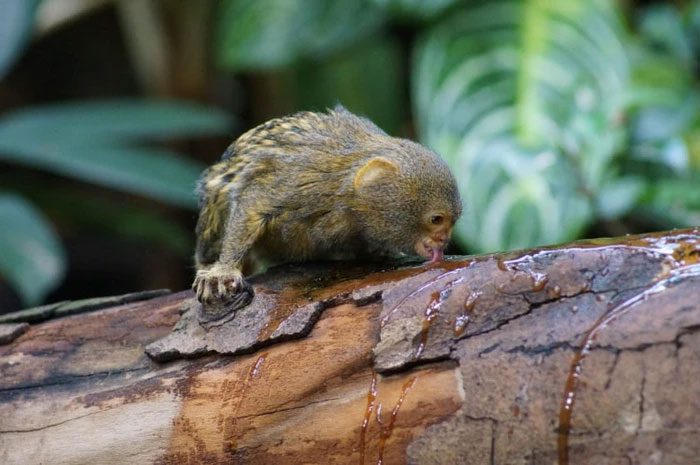
Pygmy Marmosets communicate with each other through chatters and high-pitched whistles. They can produce sounds at frequencies that humans cannot hear. They also make facial expressions to convey emotions such as satisfaction, surprise, or fear by manipulating their lips, eyelids, ears, and facial fur.
The gestation period for female dwarf marmosets is about 4.5 months, and they can give birth every 5 to 7 months. Dwarf marmosets usually have two offspring at a time, but there are records in zoos of mothers giving birth to three or even four infants in a single litter.
The newborns of this species are often the size of a human thumb! Remarkably, after birth, the father marmoset cares for and carries the infants for the first two weeks. During this time, the father only brings them back to the mother when the infants are hungry and need to nurse.
Additionally, other group members can assist in caring for the newborns. As they grow a bit older, the infants can be carried by remaining family members until they are strong enough to move about with the group.
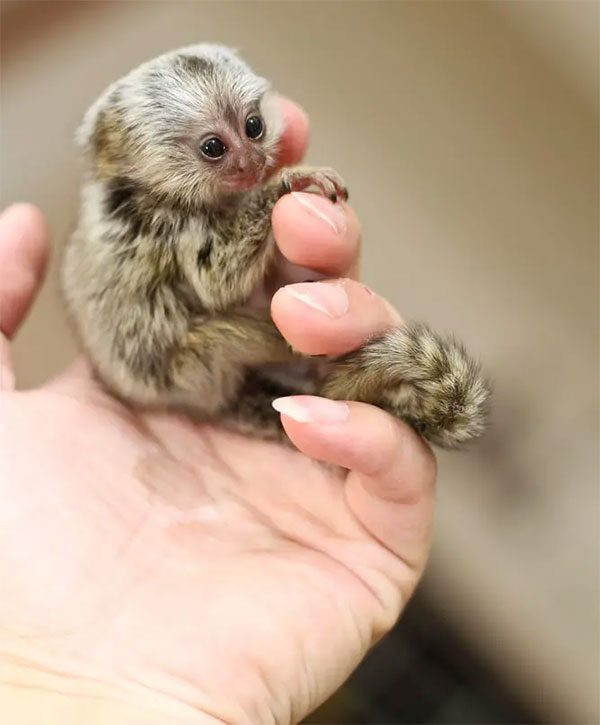
Typically, newborn pygmy marmosets wean and can follow the group by the time they are three months old. They take about two years to grow into adulthood. At that point, they can either leave the group to establish their own family or stay behind to help care for new infants.
Although this species currently faces habitat destruction, this factor does not significantly impact their overall population. Their greatest threat comes from being sold as exotic pets. Due to their small size, adorable appearance, and appealing faces, they have become highly sought after.
However, we need to note that: monkeys are not perfect pets like dogs or cats. Currently, the United States has banned the importation of primates, and most South American countries no longer permit the export of primates either.








































